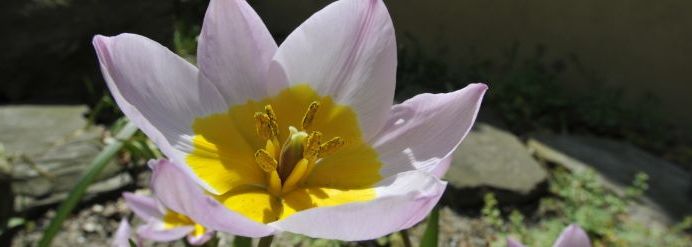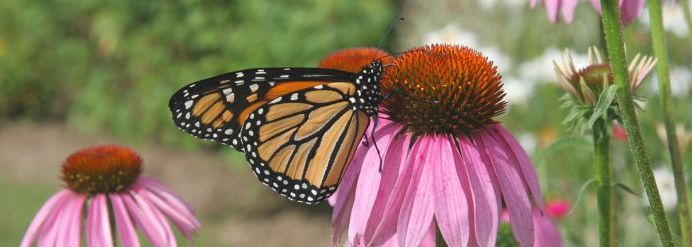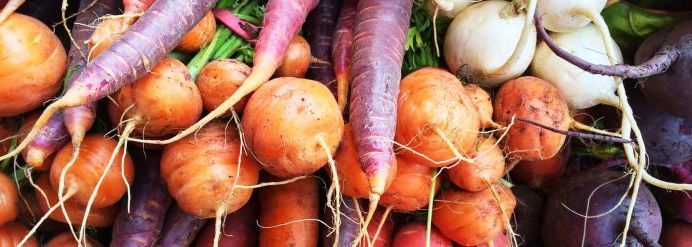As the vibrant colors of autumn begin to fade and temperatures drop, plants undergo remarkable changes to survive the cold, harsh conditions of winter. These seasonal transformations are part of a well-coordinated survival strategy that allows plants to conserve energy, protect themselves and remain dormant until the warmth of spring returns. Let’s explore the fascinating science behind how plants prepare for winter and the adaptations that help them endure the colder months in Gretna, Nebraska!
Dormancy: The plant’s winter sleep
One of the most significant ways plants survive winter is through dormancy. Much like how animals hibernate, many plants enter a period of dormancy, a state of reduced metabolic activity, which helps them conserve energy and avoid damage from cold temperatures. This is especially important for perennials and deciduous trees, which need to survive multiple growing seasons.
Dormancy begins in late fall when days shorten, temperatures drop, and plants receive signals from their environment to start shutting down certain functions. During this phase, growth slows or stops altogether, and plants redirect their energy away from photosynthesis and into preserving their roots.
Leaf shedding in deciduous trees
One of the most visible signs of plants preparing for winter is the shedding of leaves in deciduous trees like oaks, maples, and birches. Leaf fall is a way for trees to conserve energy and a crucial survival mechanism.
Leaves contain water, and during freezing temperatures, this water could turn to ice, damaging the plant’s cells. By shedding their leaves, trees avoid this potential threat. Leaves continuously lose water through a process called transpiration, so by dropping leaves, trees reduce water loss during the dry, cold months.
Before the leaves fall, trees start reabsorbing nutrients from them, storing those essential elements in their roots and stems to be used when spring arrives. The pigments responsible for leaf color changes—carotenoids and anthocyanins—become more visible as the green chlorophyll breaks down, giving us the brilliant reds, oranges, and yellows of fall.
Root preservation and energy storage
While the above-ground parts of many plants slow down or die back during winter, the roots remain alive and active. Perennials and shrubs, in particular, focus on protecting their root systems during the colder months.
Plants store energy in their roots, bulbs, and tubers during the growing season. As the temperature drops, they stop producing new growth and start conserving their stored energy for survival. The root systems remain insulated beneath the soil, protected from freezing temperatures, while the above-ground portions of the plant may wither.
Some plants even have specialized underground storage structures, such as bulbs (like tulips and daffodils) and rhizomes (like irises), that help them survive extreme winter conditions by storing water and nutrients.
Antifreeze for plants: chemical adaptations
Some plants produce chemicals similar to antifreeze to prevent ice from forming in their cells. These chemicals, called cryoprotectants, prevent the water inside plant cells from freezing and causing damage. This adaptation is especially important for evergreen plants, which retain their leaves during winter and are exposed to cold temperatures.
Evergreens like pine and spruce trees also have needle-like leaves with a thick, waxy coating that helps reduce water loss and protects them from freezing conditions.
Acclimation to cold
Before winter fully sets in, plants undergo a process called cold acclimation, during which they gradually adjust to colder temperatures. This allows them to withstand the freezing temperatures of winter more effectively. Cold acclimation is triggered by decreasing daylight and cooling temperatures and involves changes at the cellular level, including the production of protective proteins and the strengthening of cell walls to prevent damage from frost.
Take a look around you in Gretna, Nebraska
Plants have remarkable strategies to endure the challenges of winter to survive the cold and reemerge in the spring. The way plants prepare for winter in Gretna, Nebraska is a perfect example of the delicate balance they maintain with their environment. So, the next time you see bare branches or withered stems in winter, remember that underneath it all, life is quietly preparing for renewal!















